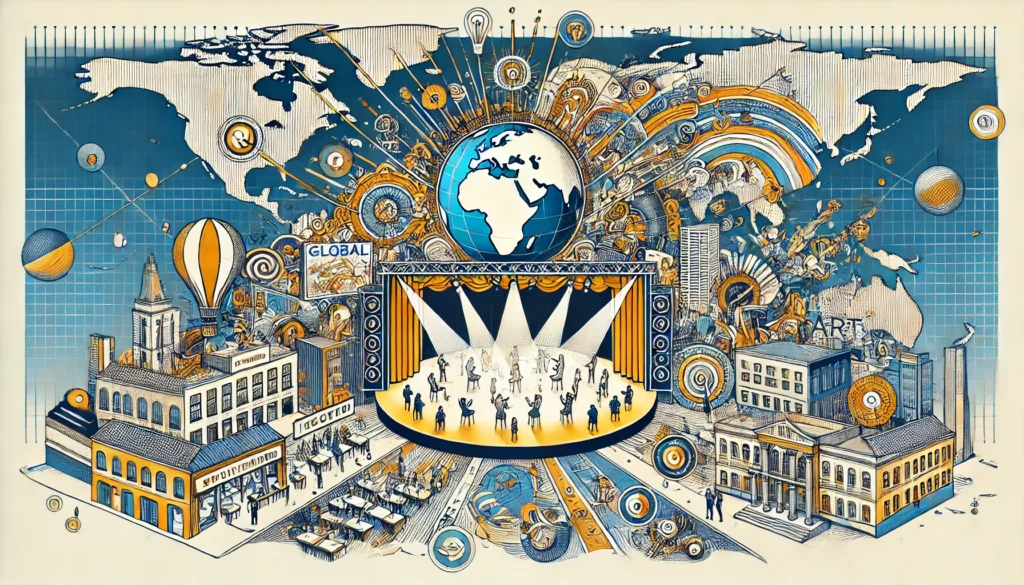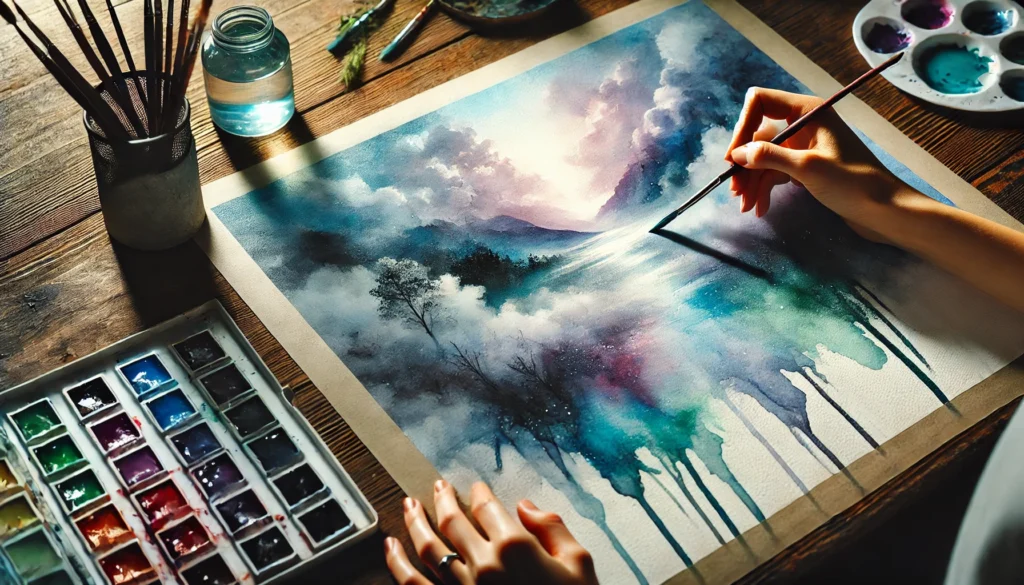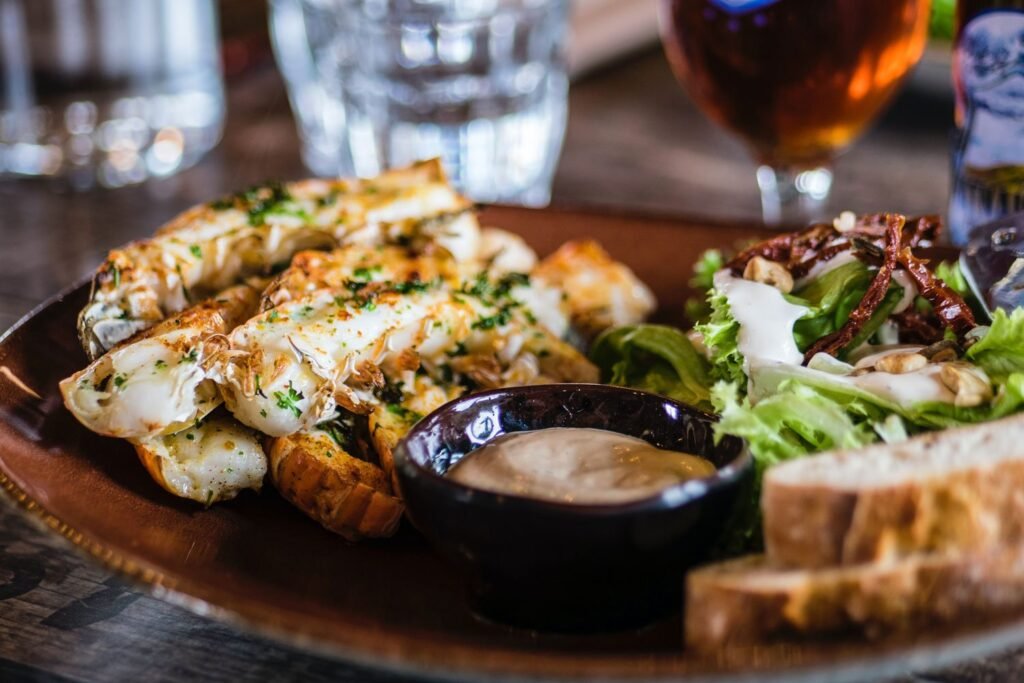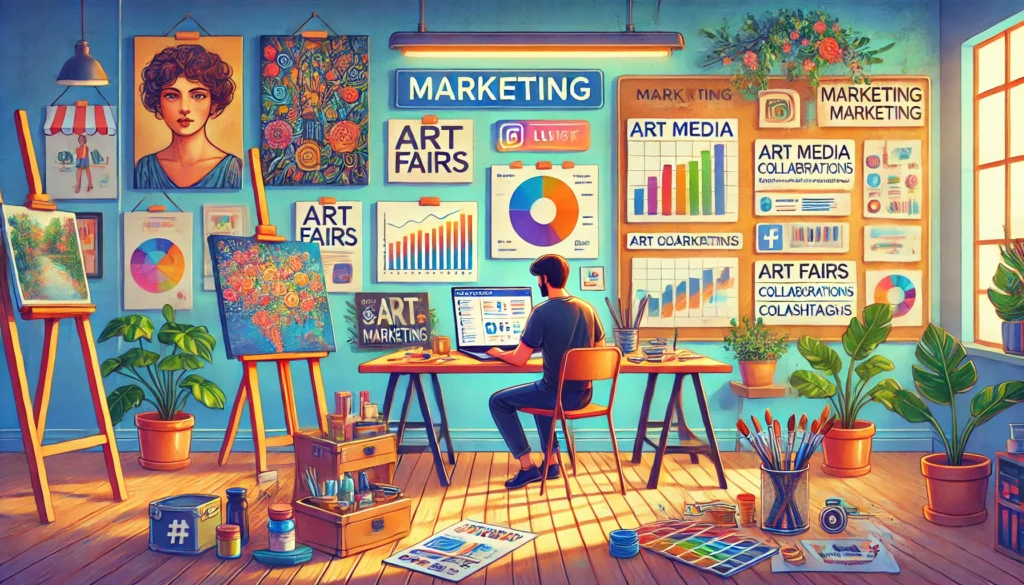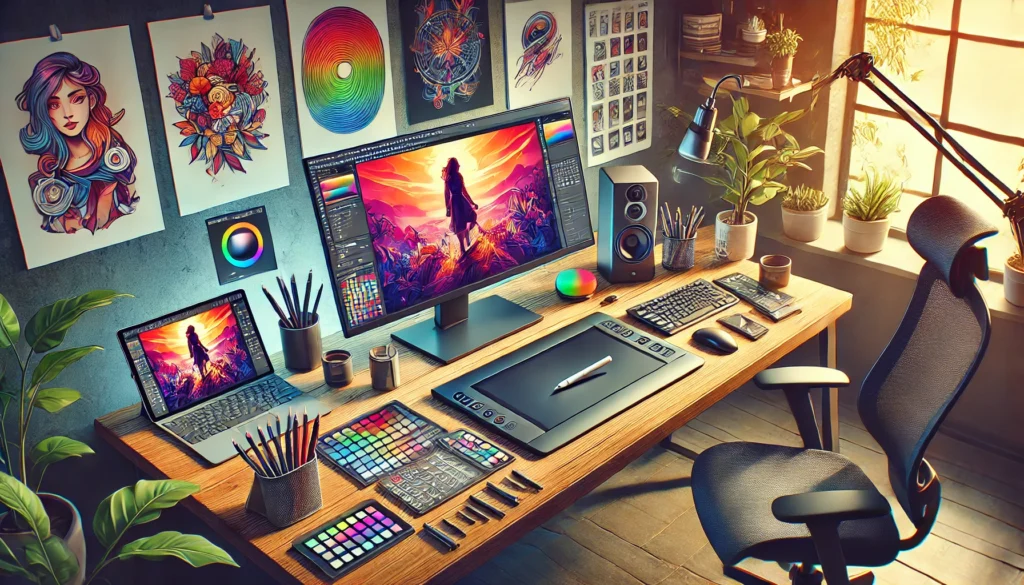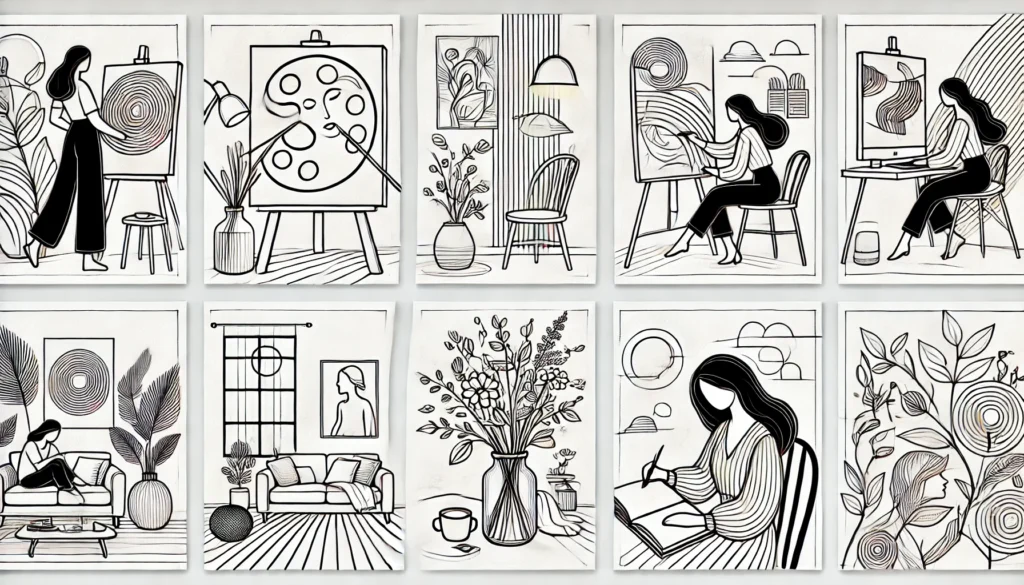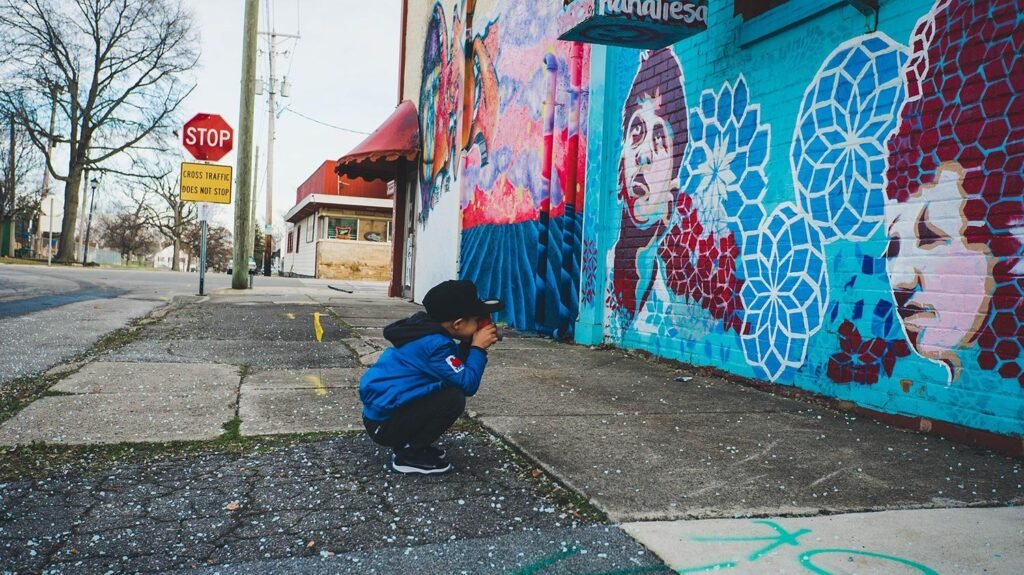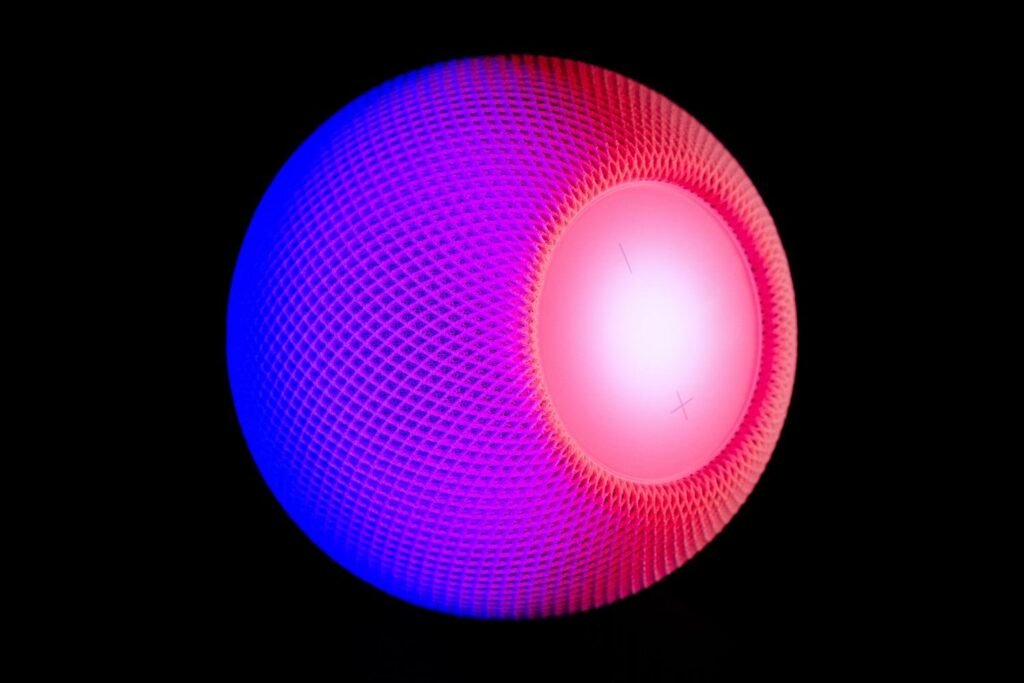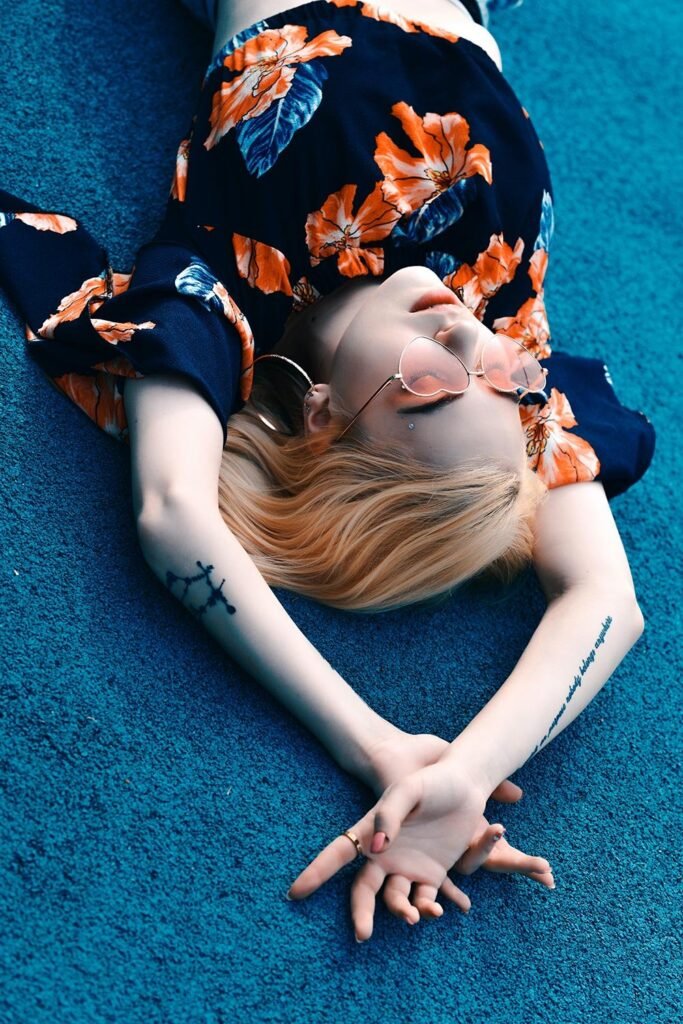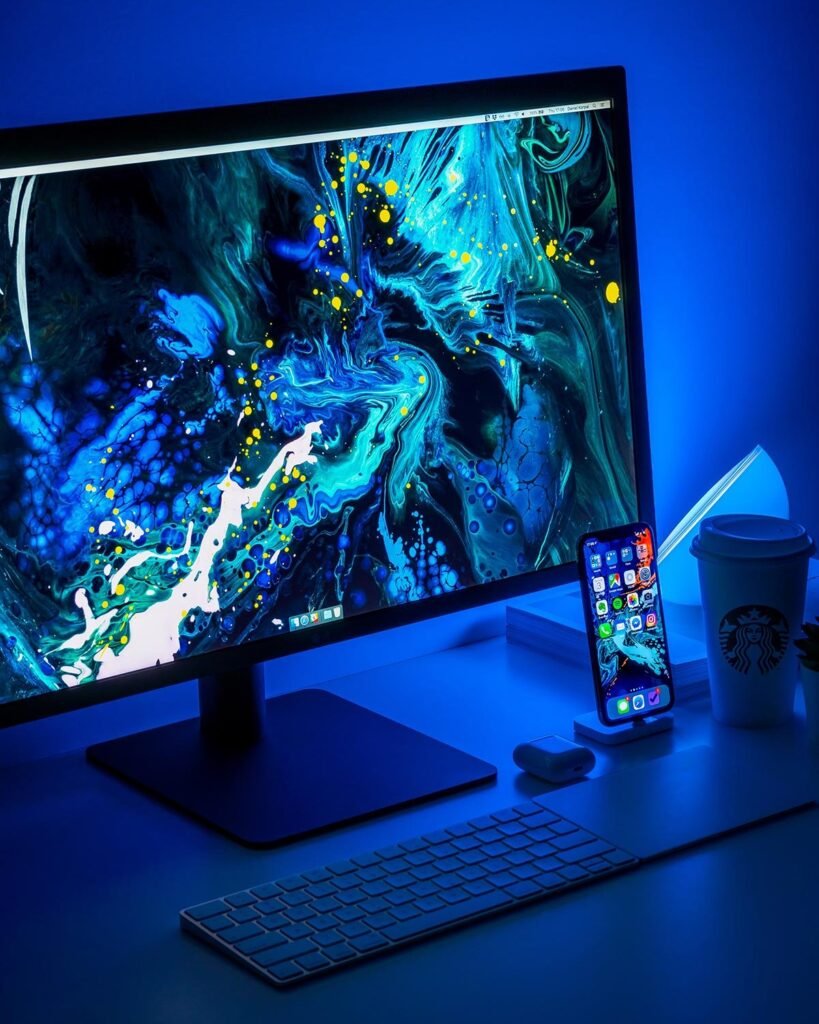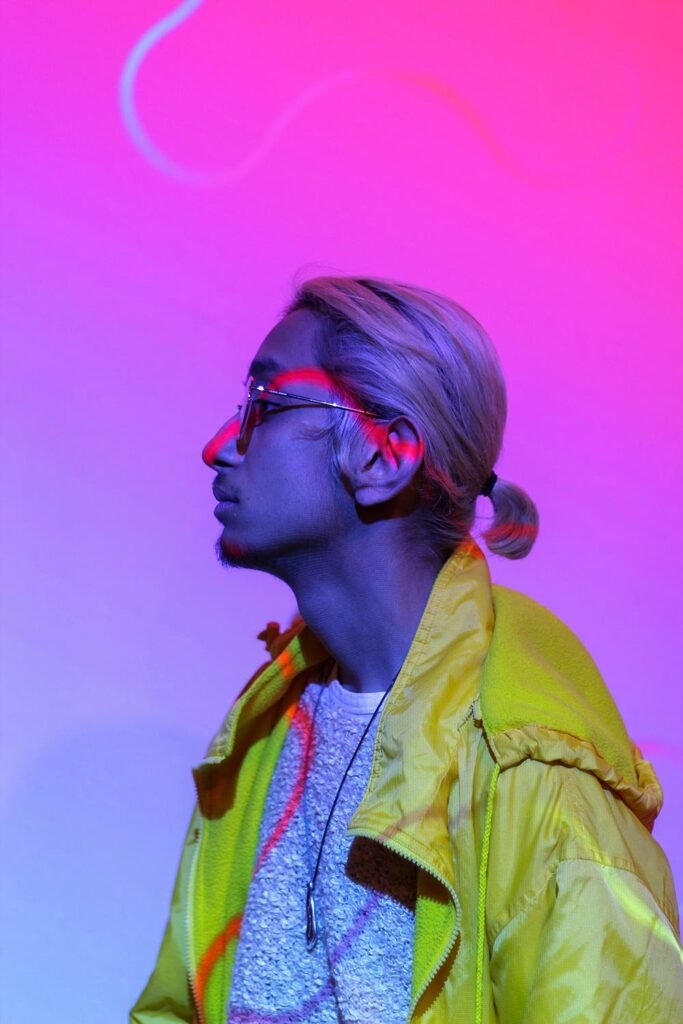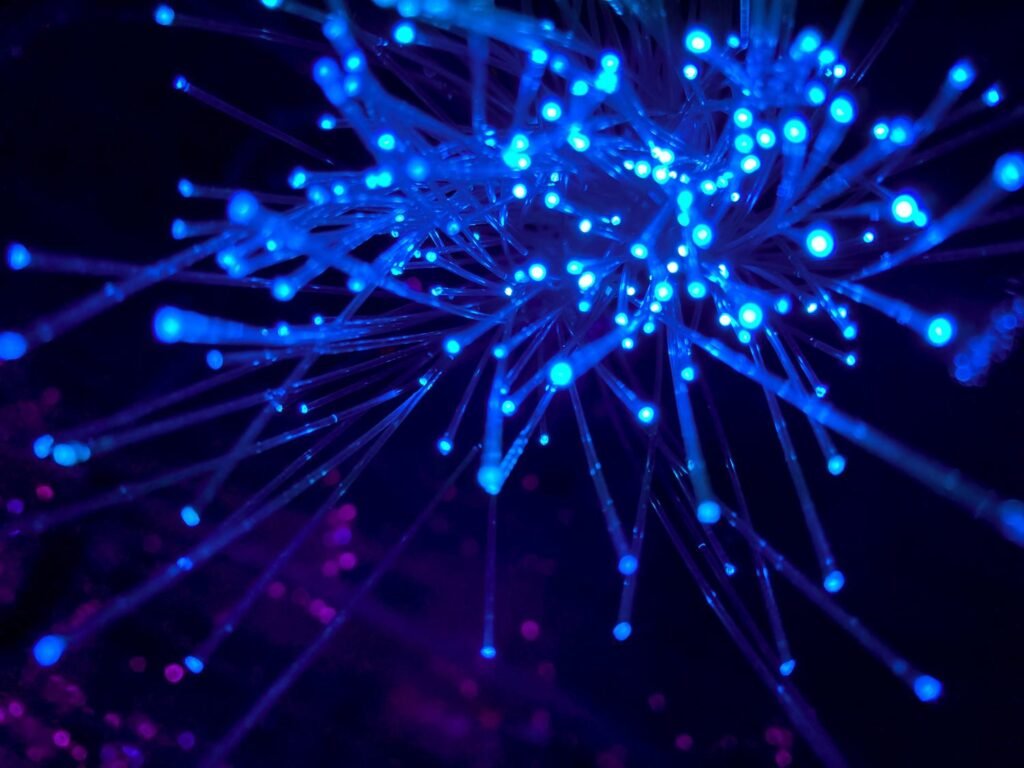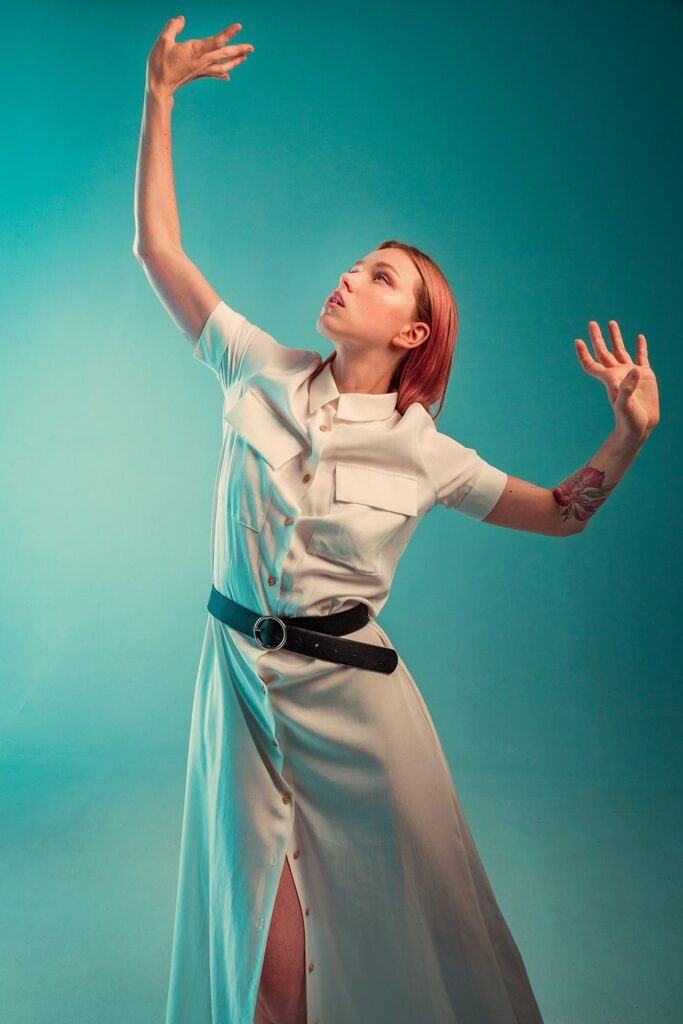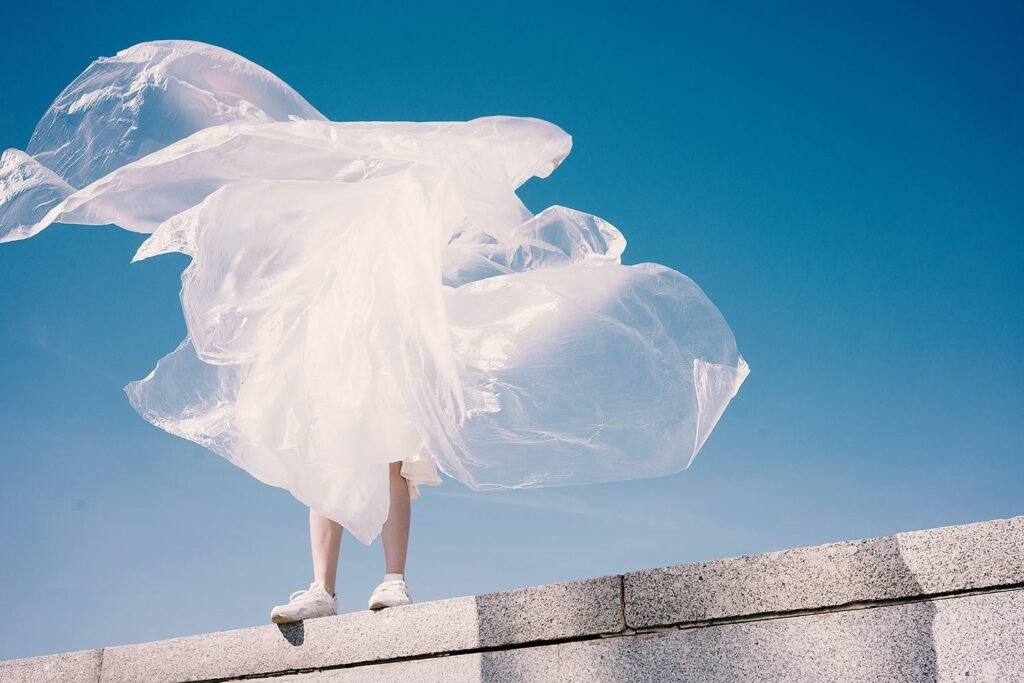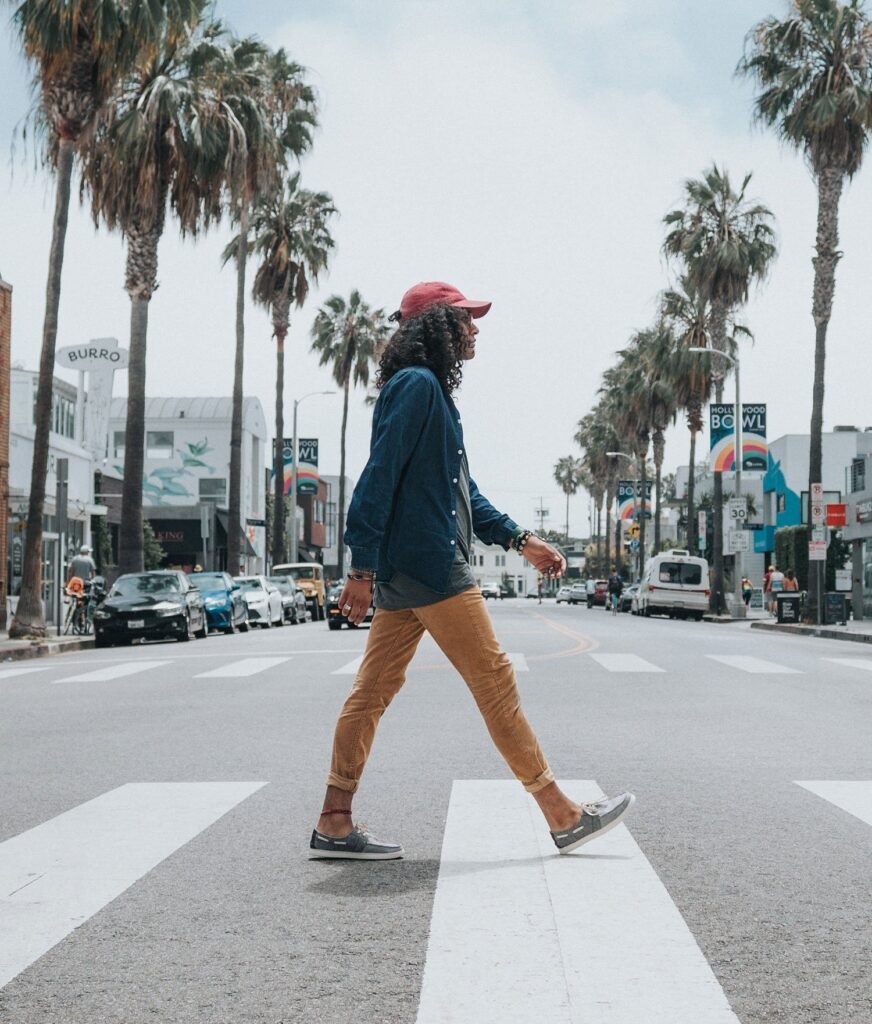The Influence of African Art on Modernist Artists

The early 20th century was a time of dramatic transformation in Western art, with the advent of modernism challenging traditional notions of representation, perspective, and form. One of the most significant influences during this period was African art, which had a profound impact on the development of modernist movements like Cubism, Expressionism, and Fauvism. The encounter between European artists and African art introduced new visual languages, encouraging innovation and experimentation in the Western art world.
African Art and Its Influence on Modernism
African art, with its bold forms, simplified shapes, and symbolic representations, provided a stark contrast to the naturalistic styles that had dominated Western art for centuries. Prior to the early 1900s, African art was largely unknown to European artists, but this began to change as African objects and artifacts became more widely accessible due to European colonialism and the increase in anthropological interest.
One of the primary ways African art influenced modernism was through its abstraction. African masks, sculptures, and textiles often featured exaggerated, stylized forms that emphasized geometric shapes and symbolic meanings rather than realistic depictions of the human figure. This focus on abstraction resonated with the emerging modernist movement, which sought to break away from realism and explore new ways of seeing and interpreting the world.
Key Artists and Movements Inspired by African Art
- Pablo Picasso: Perhaps the most famous artist to be influenced by African art, Picasso encountered African masks and sculptures in Paris in the early 1900s. These objects had a profound impact on his work, particularly on his development of Cubism. In paintings such as Les Demoiselles d’Avignon (1907), Picasso incorporated elements of African art, such as fragmented and angular forms, to deconstruct the human body and depict it from multiple perspectives simultaneously. This radical departure from traditional portraiture and representation marked a turning point in art history.
- Georges Braque: Alongside Picasso, Georges Braque was instrumental in the development of Cubism. Braque, too, was inspired by African art, which led him to experiment with fractured forms and abstract compositions. His use of bold, simplified shapes can be seen as a direct response to the aesthetic principles found in African sculpture.
- Fauvism: The Fauves, a group of French painters including Henri Matisse and André Derain, were also influenced by African art. They were drawn to the vivid colors and expressive forms in African artifacts, which led them to develop their own style characterized by bold, non-naturalistic color and distorted forms. Matisse, in particular, was inspired by African masks, and elements of these forms can be seen in his works, such as La Danse (1909), where the human figure is reduced to simple, flowing lines and vibrant color.
- Expressionism: Artists associated with the German Expressionist movement, such as Ernst Ludwig Kirchner and Emil Nolde, were likewise influenced by African art. These artists sought to convey raw emotion and psychological depth, often using stylized, abstracted figures that echoed the influence of African art. Their use of exaggerated forms and distorted figures reflected a desire to break free from traditional representation and explore new modes of expression.
The Role of African Art in Redefining the Human Form
The abstraction found in African art helped to challenge the European ideals of the human body, which had long been based on classical notions of proportion, symmetry, and realism. African artists, on the other hand, often distorted the human form to convey deeper meanings, focusing on spiritual or symbolic representations rather than anatomical accuracy. This approach to the human figure became a key influence on modernist artists, who began to experiment with abstraction and distortion in their own works.
By incorporating elements of African art, modernist artists were able to explore new ways of understanding and depicting the human experience. The rejection of realism and the embrace of abstraction allowed artists to focus on the emotional, psychological, and spiritual dimensions of the human figure, rather than simply replicating its physical appearance.
African Art’s Legacy in Modern and Contemporary Art
The influence of African art on modernism was not a fleeting trend but has continued to shape the development of contemporary art. The bold, abstract forms and innovative use of materials that emerged from this cross-cultural exchange remain central to many contemporary art movements today. Artists such as Jean-Michel Basquiat, who combined elements of African art, graffiti, and street culture, and Chris Ofili, known for his use of African motifs and traditional materials, demonstrate the lasting impact of African aesthetics on the global art scene.
The influence of African art also paved the way for more inclusive and diverse representations in art. As modernist artists began to look beyond the Western canon, they opened the door for a wider range of voices and perspectives, acknowledging the importance of African art in shaping the visual language of the 20th century and beyond.
In conclusion, African art’s impact on modernism was transformative, providing Western artists with new ways of thinking about form, abstraction, and representation. This cross-cultural exchange enriched the modernist movement and continues to inspire contemporary artists around the world. By embracing the aesthetics of African art, modernism broke free from tradition and created a new visual language that is still relevant today.













